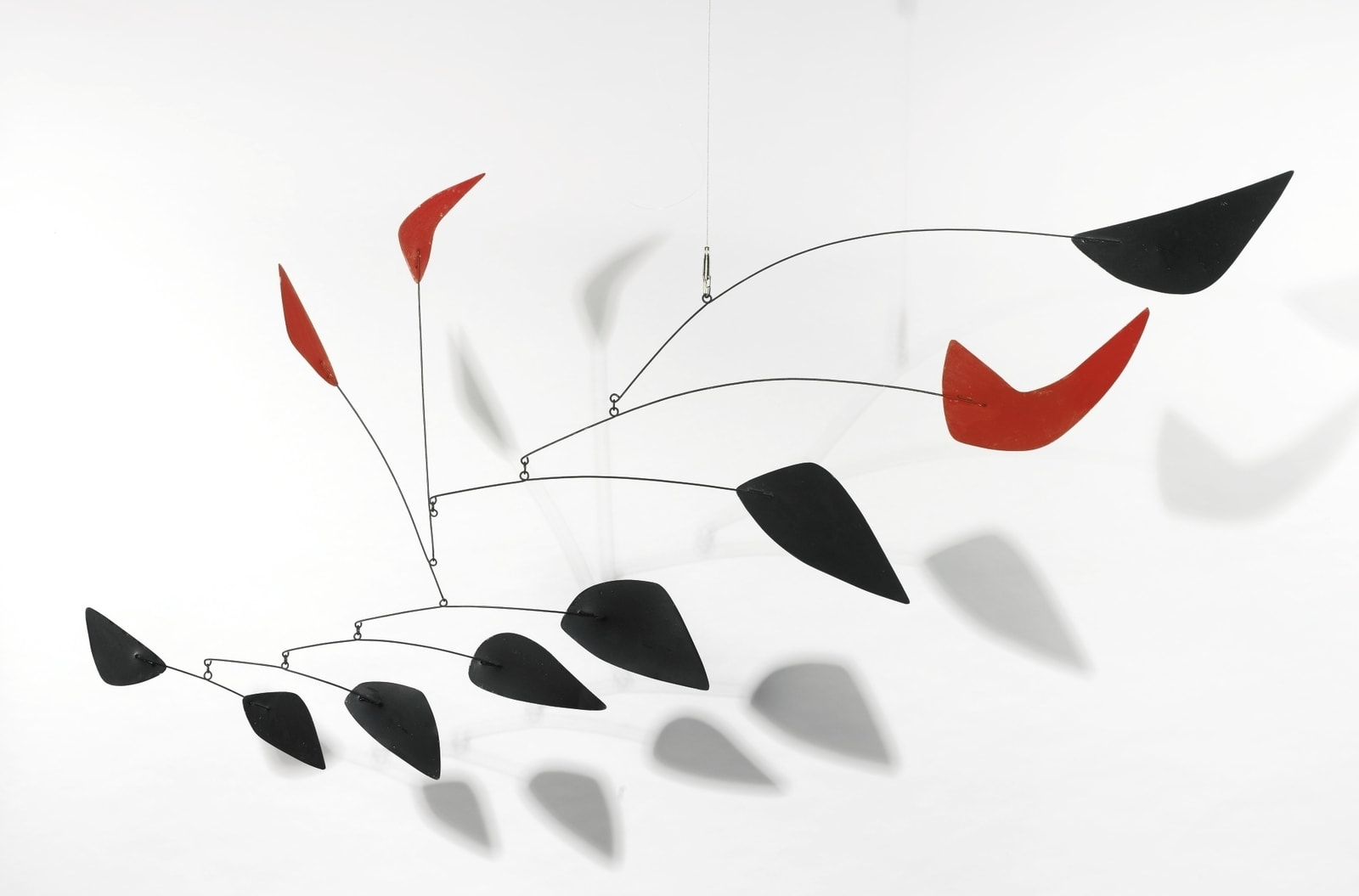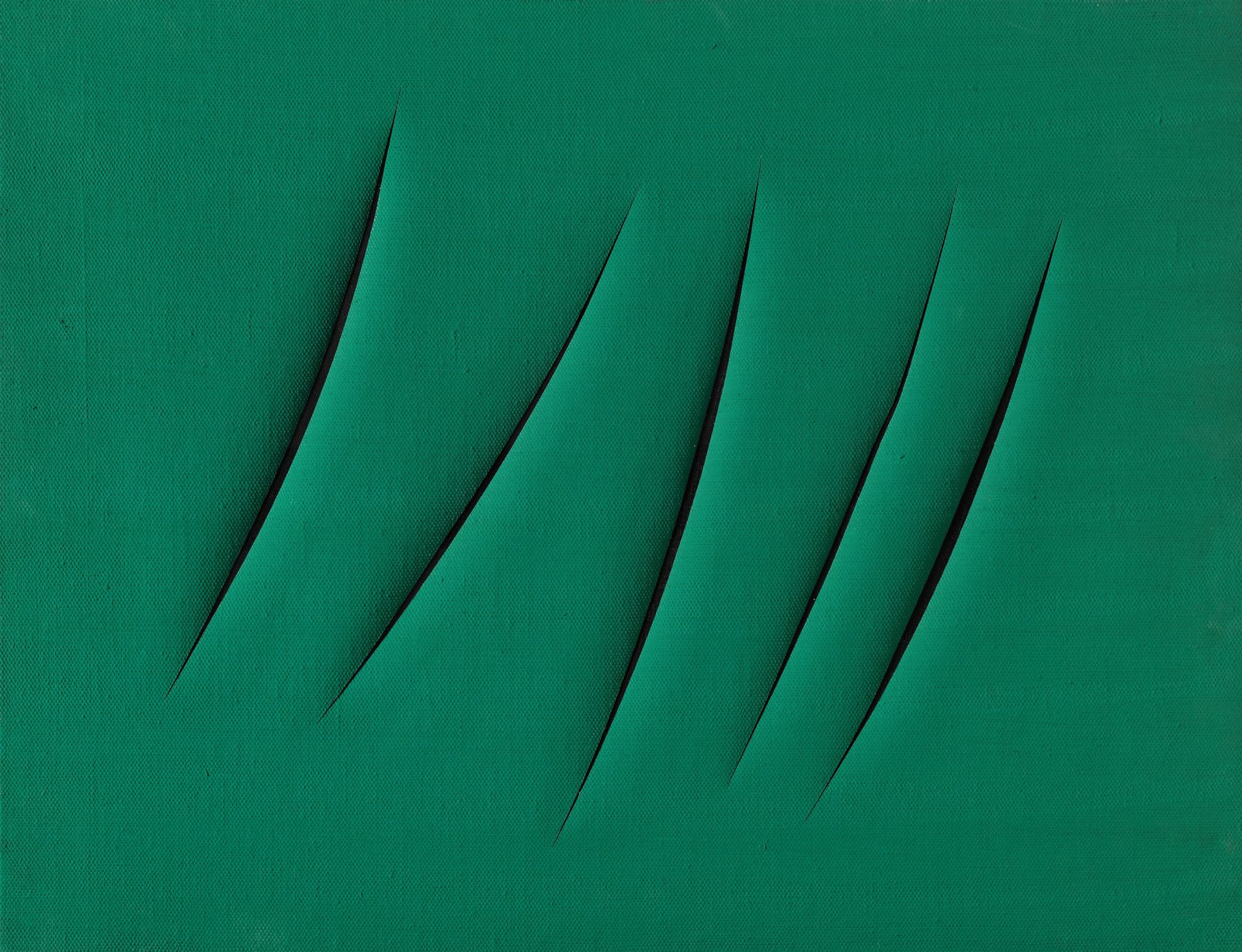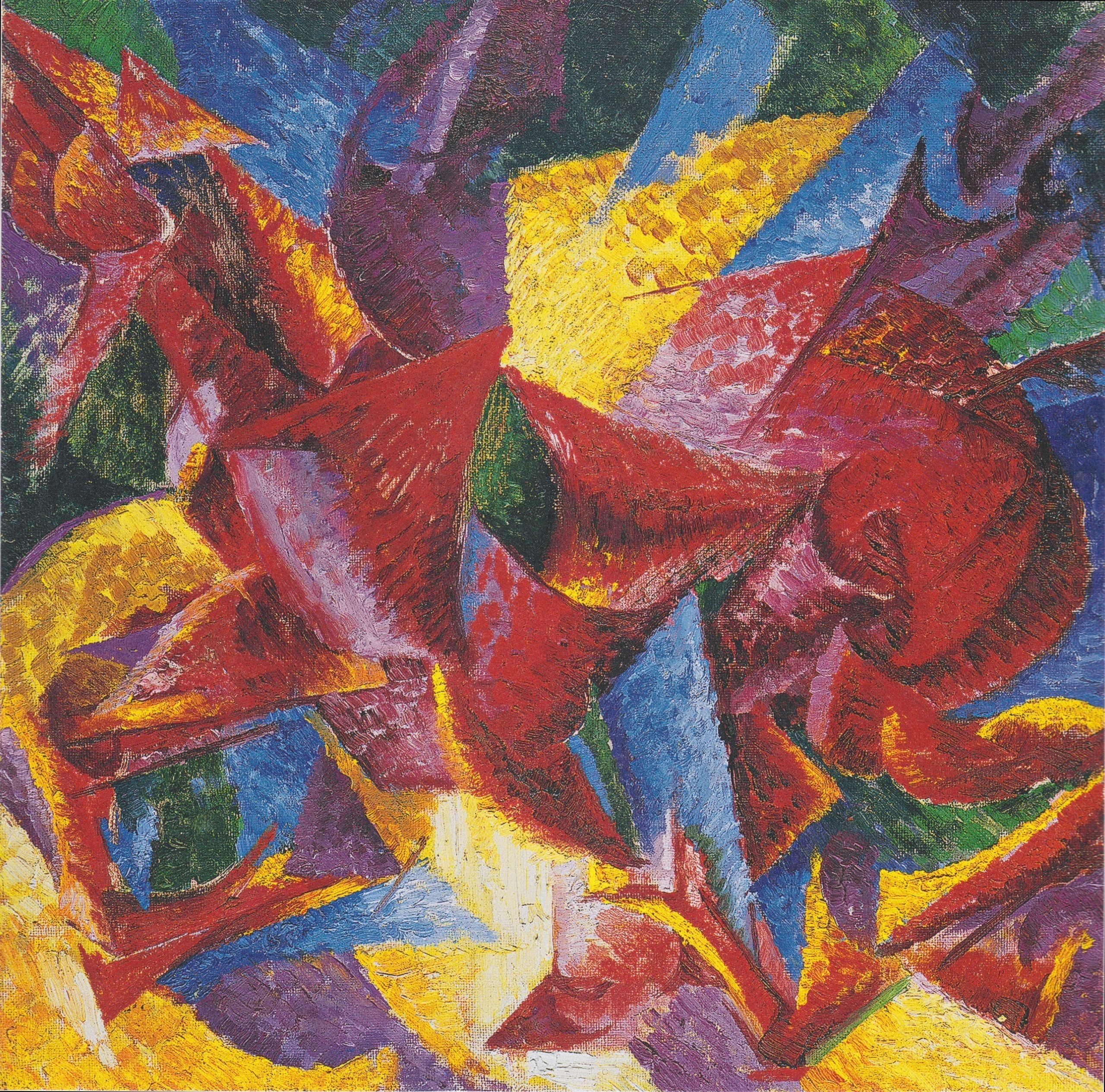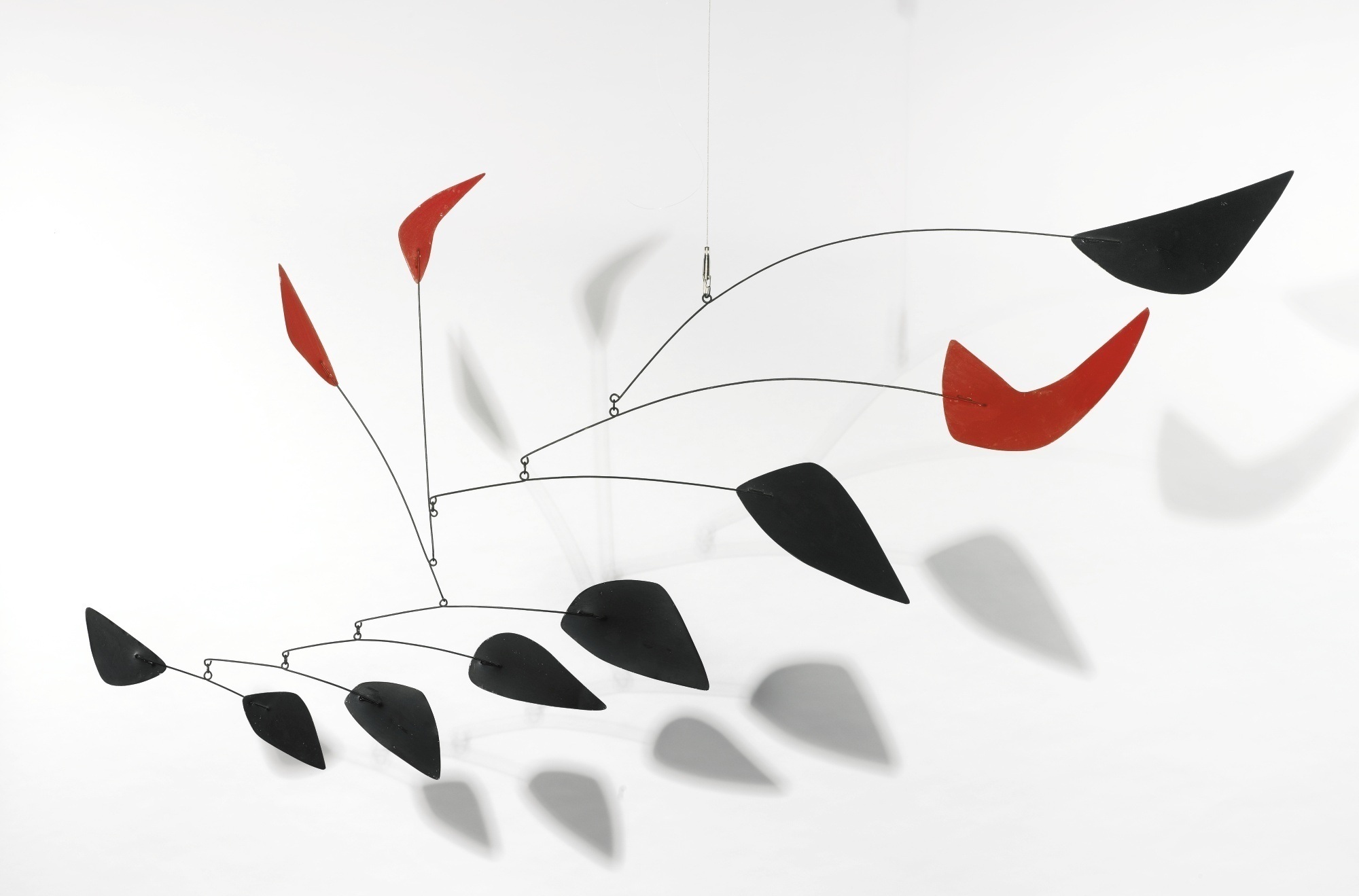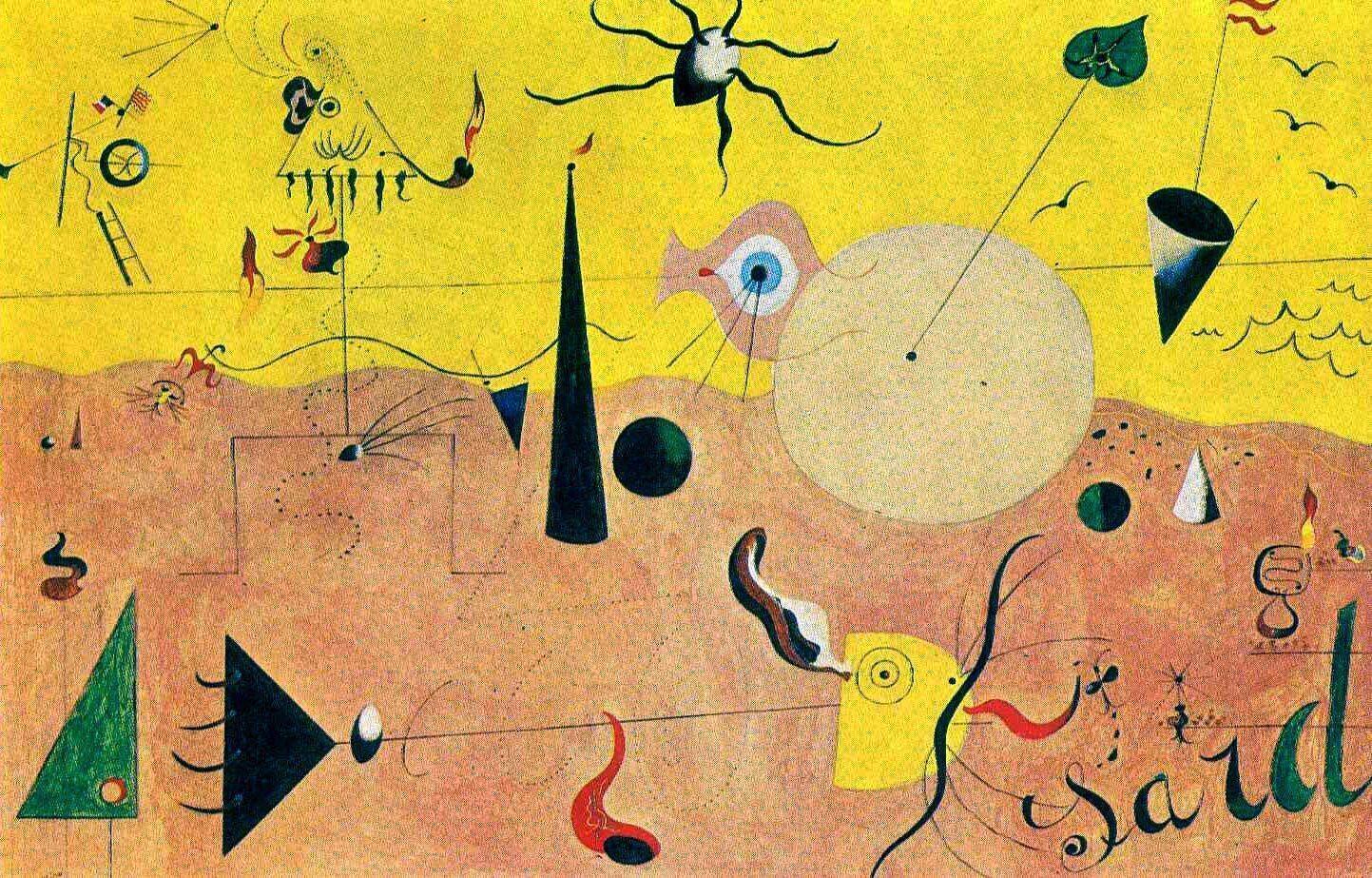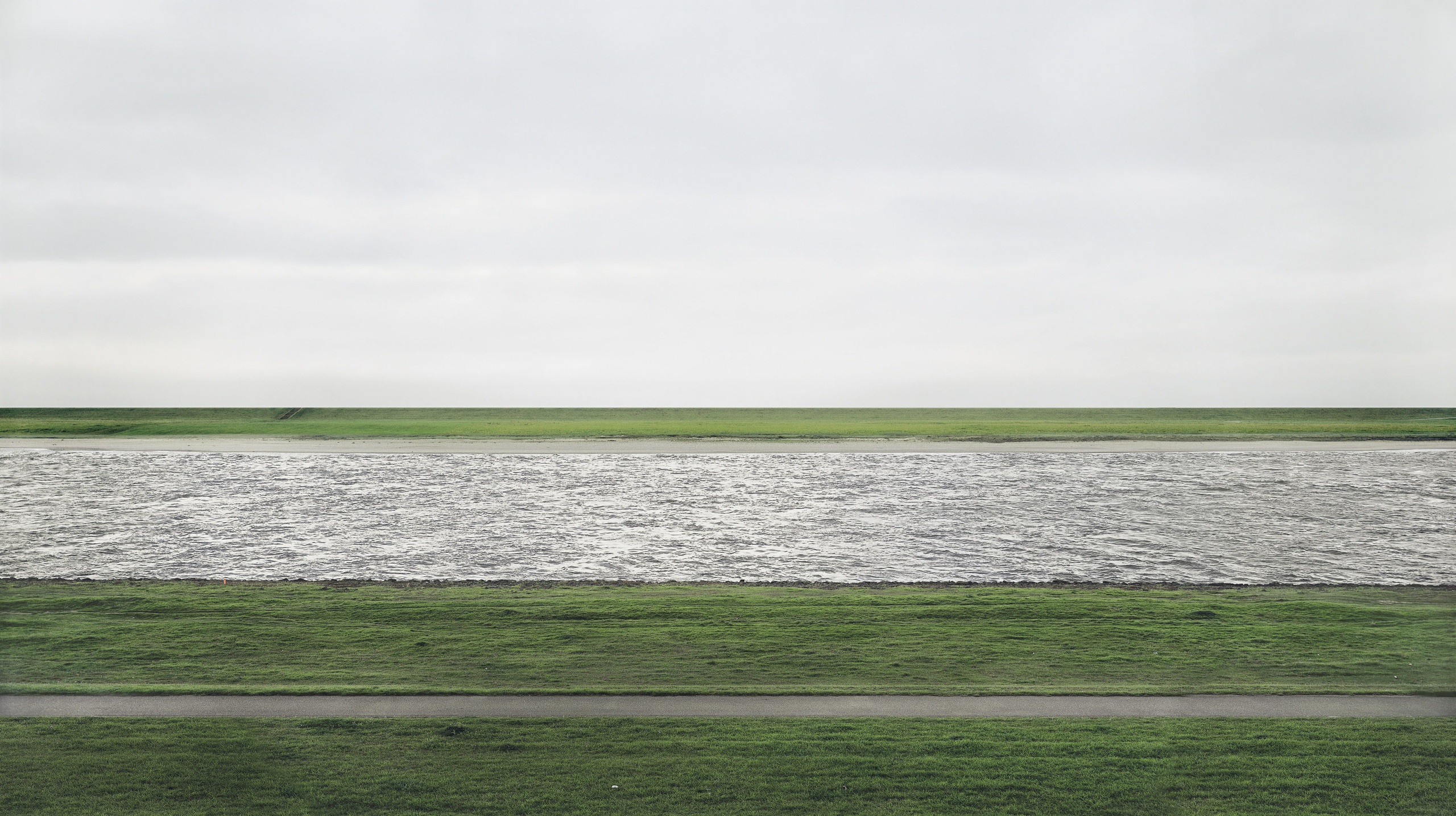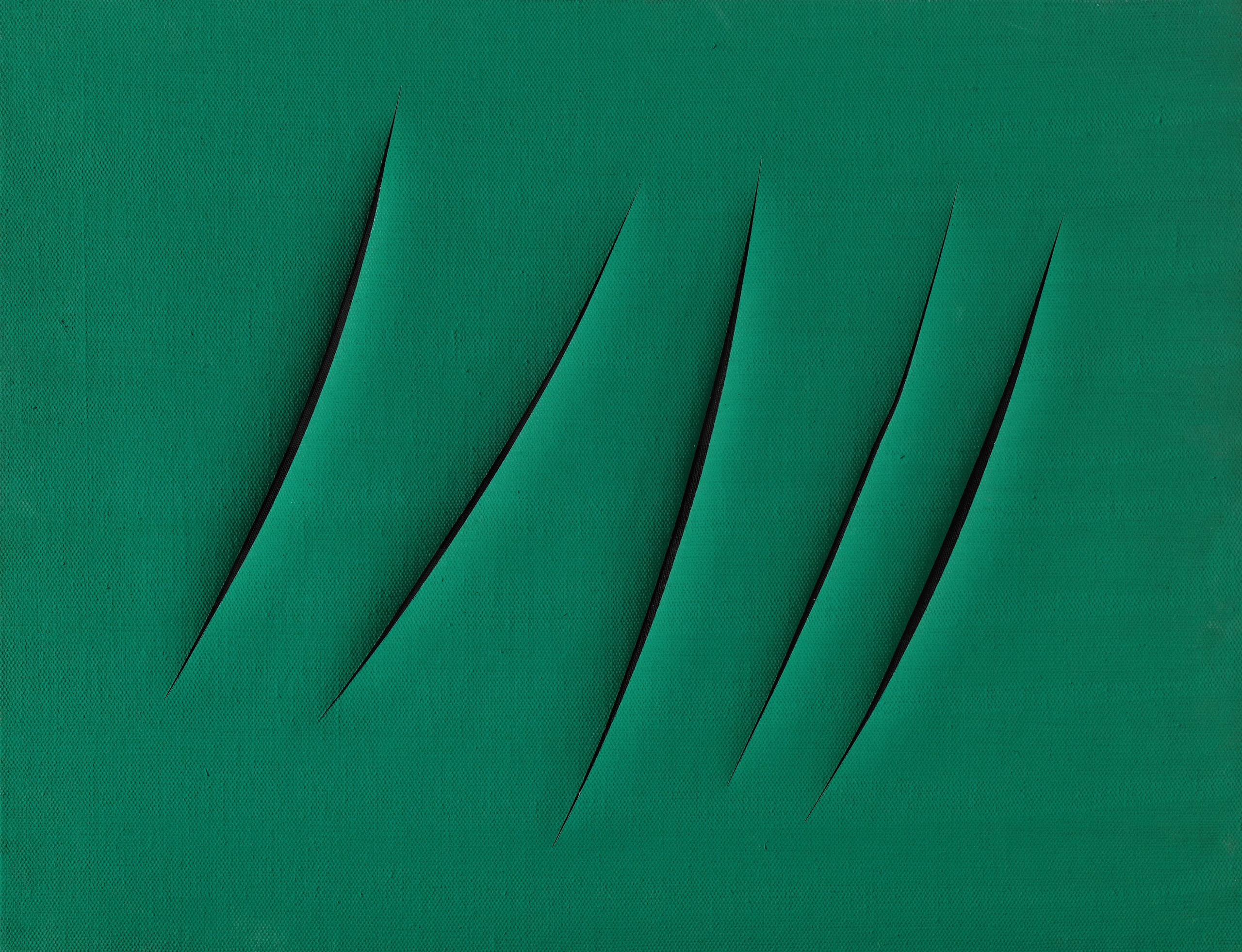The Dissymmetrical Similarities lecture course remains one of Garage regulars’ favorite programs. In her unique series, Irina Kulik creates a system of stylistic and thematic correlations between artists of different generations and schools.
The new, fourth season is structured the same way—two artists paralleled within one lecture—and covers the period from the early 20th century until today. It traditionally emphasizes the significance of the historic and neo-avantgardes, from the bold experiments of Francis Picabia and Joan Miró to the pioneers of the postwar wave: Claes Oldenburg, Ed Ruscha, and Robert Morris. Along with that, Kulik continues to showcase the diverse means art uses to provide social and political critique: for instance, for Thomas Hirschhorn and Paweł Althamer art is integral to their exploration of space, while for others (Grayson Perry, McDermott & McGough) the main critical media are performative and gender transformations. And it is politics mixed with humor and kitsch that defines the respective practices of the Chapman brothers, Gilbert & George, and Fischli & Weiss. The star-studded course also devotes a certain amount of time to photography, with big names like Andreas Gursky and Jeff Wall featured in one of the lectures. These not-necessarily-obvious connections, traced by the lecturer, maintain the idea of culture as a heterogeneous phenomenon and enrich the artists’ works with new, unexpected references.
